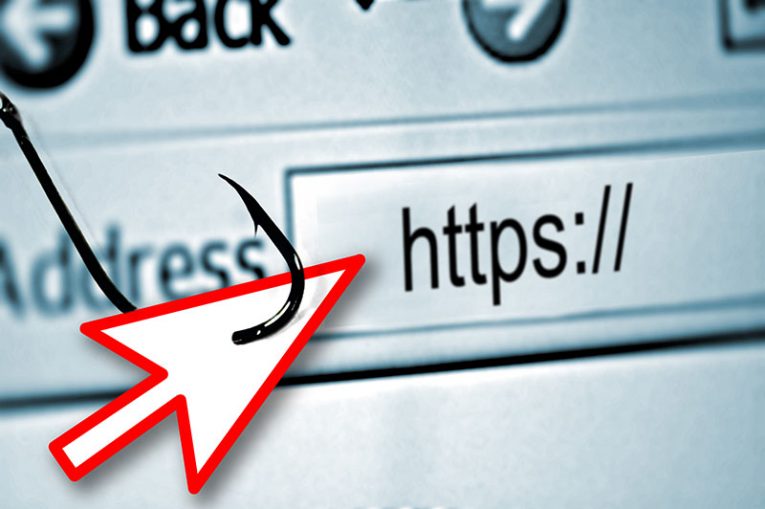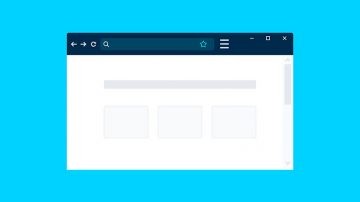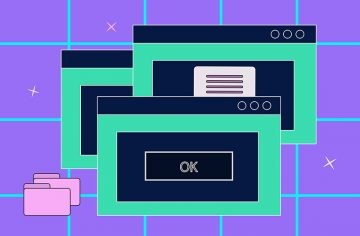Commonsecurity.co.in Pushes Ads

The website Commonsecurity.co.in employs social engineering strategies to provoke users into granting permission for push notifications on their web browsers. If users, whether intentionally or accidentally, agree to these push notifications, the browser starts generating numerous alerts, effectively serving as advertisements. This leads to a significant disturbance for users as they navigate the internet.
The appearance of Commonsecurity.co.in pop-ups on the browser is likely triggered by deceptive tactics, aiming to misguide the web user. Even if the user declines to permit push notifications from Commonsecurity.co.in, the pop-ups persistently continue to bombard the browser with increased intensity.
Due to the deceptive nature of Commonsecurity.co.in pop-ups, it is strongly advised for users to refrain from clicking on the "Allow" button. Whether notifications are enabled deliberately or not, the alerts from Commonsecurity.co.in will undoubtedly further disrupt the user's browsing experience.
What Are Browser Hijackers?
Browser hijackers are malicious software programs designed to alter the settings of a web browser without the user's consent or knowledge. These unwanted software applications typically modify the browser's homepage, search engine, and new tab page, redirecting users to websites chosen by the hijacker's developers. The primary goals of browser hijackers include:
Search Engine Manipulation: Browser hijackers often change the default search engine of the affected browser. When users perform a search, the results are redirected through the hijacker's chosen search engine, which may prioritize sponsored or malicious links.
Homepage and New Tab Changes: Browser hijackers can alter the browser's homepage and new tab settings, forcing users to start their browsing sessions on a page of the hijacker's choice. This page is usually designed to generate ad revenue for the hijacker.
Unwanted Toolbars and Extensions: Browser hijackers may install additional toolbars, extensions, or add-ons without the user's consent. These additions can clutter the browser interface, slow down performance, and compromise the user's online privacy.
Popup Advertisements: Browser hijackers often generate intrusive pop-up ads, banners, and in-text advertisements. These ads can be highly disruptive and may lead users to click on potentially harmful content.
Tracking and Data Collection: Some browser hijackers track users' online activities, collecting data such as browsing habits, search queries, and login credentials. This information may be used for targeted advertising or sold to third parties.
Homepage or Search Engine Promotion: In some cases, browser hijackers promote specific websites or search engines to drive traffic and increase visibility. This is often done for financial gain, as the hijacker's developers may receive payment for directing users to certain sites.
Installation Without Consent: Browser hijackers are frequently bundled with free software or shareware downloads. Users may inadvertently install them when downloading and installing seemingly legitimate programs, as the browser hijacker is included in the installation package.








